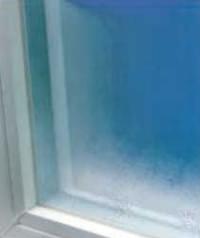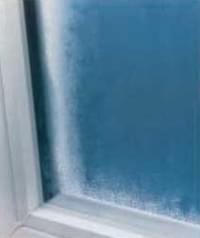There are simple steps you can take to avoid or reduce condensation, for example, early morning exterior condensation.
1. Buy high-performance ENERGY STAR® certified windows, doors and skylights. They are more energy efficient and have less condensation compared to ordinary models. They are more energy
efficient and have less condensation compared to ordinary models. Features that contribute to better energy efficiency are:
- Triple glazing.
- low-emissivity (low-e) coatings on the glass
- inert gas between the glass panes
- insulated frames, sashes and doors
- greater air tightness
Note: Low-e coatings on high-performance windows make the glass more energy efficient by reducing heat loss. However, if the night has been cool and calm and the air is humid,
condensation may form on the outside surface of the glass around sunrise. Also, there is a higher risk of condensation if the low-e coating has been applied to the room-side surface of
the glass.
2. Proper air circulation near windows is also necessary to minimize condensation. Airflow across the glass surface helps keep it warmer, which is one reason heat sources such as
central heating vents and electric baseboards are located beneath windows in many homes. Deep window sills, closed drapes and blinds, and even nearby furniture can block air movement
and allow cool air to pool near a window, leading to condensation on the glass.
3. Make sure your Heat Recovery Ventilator (HRV) is on if you have one.





